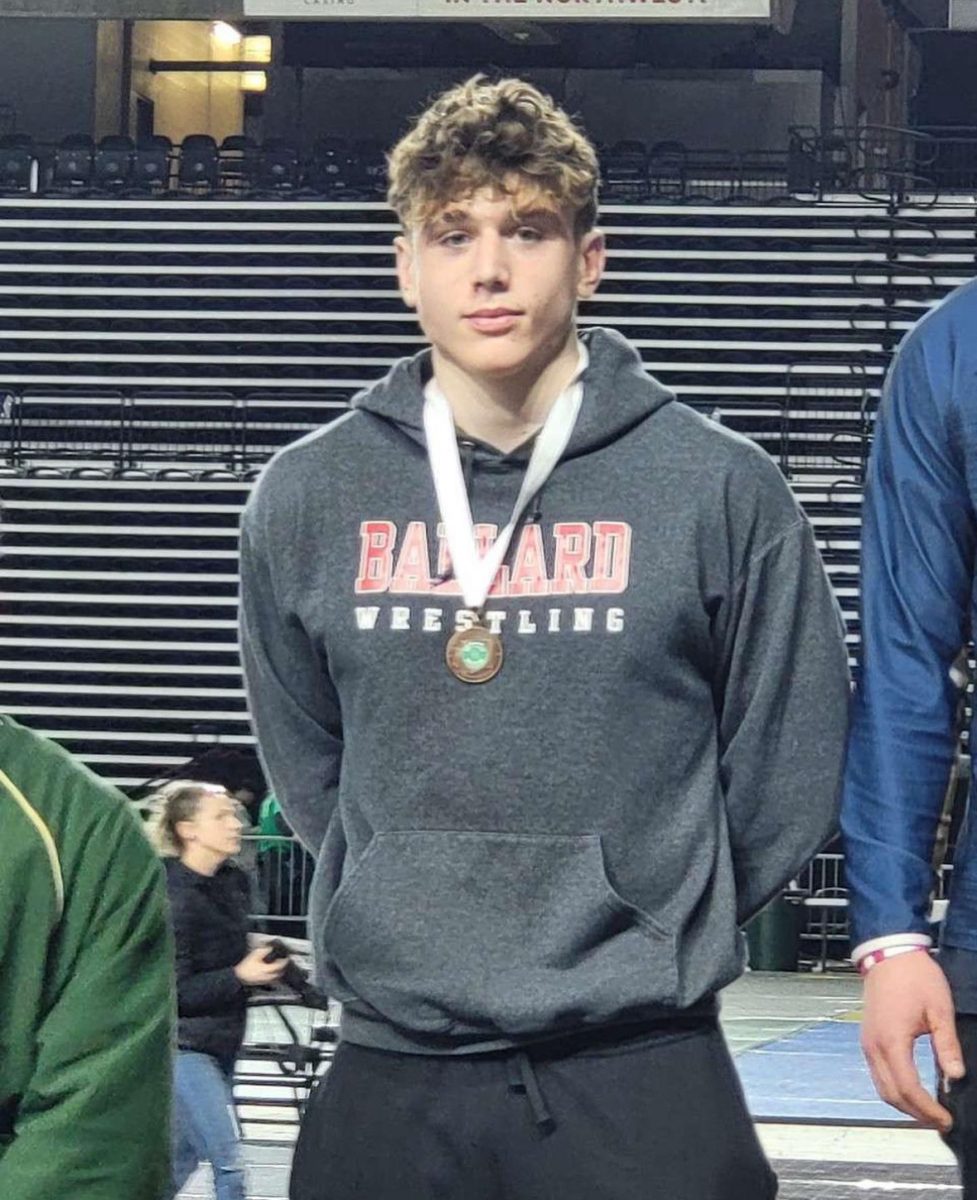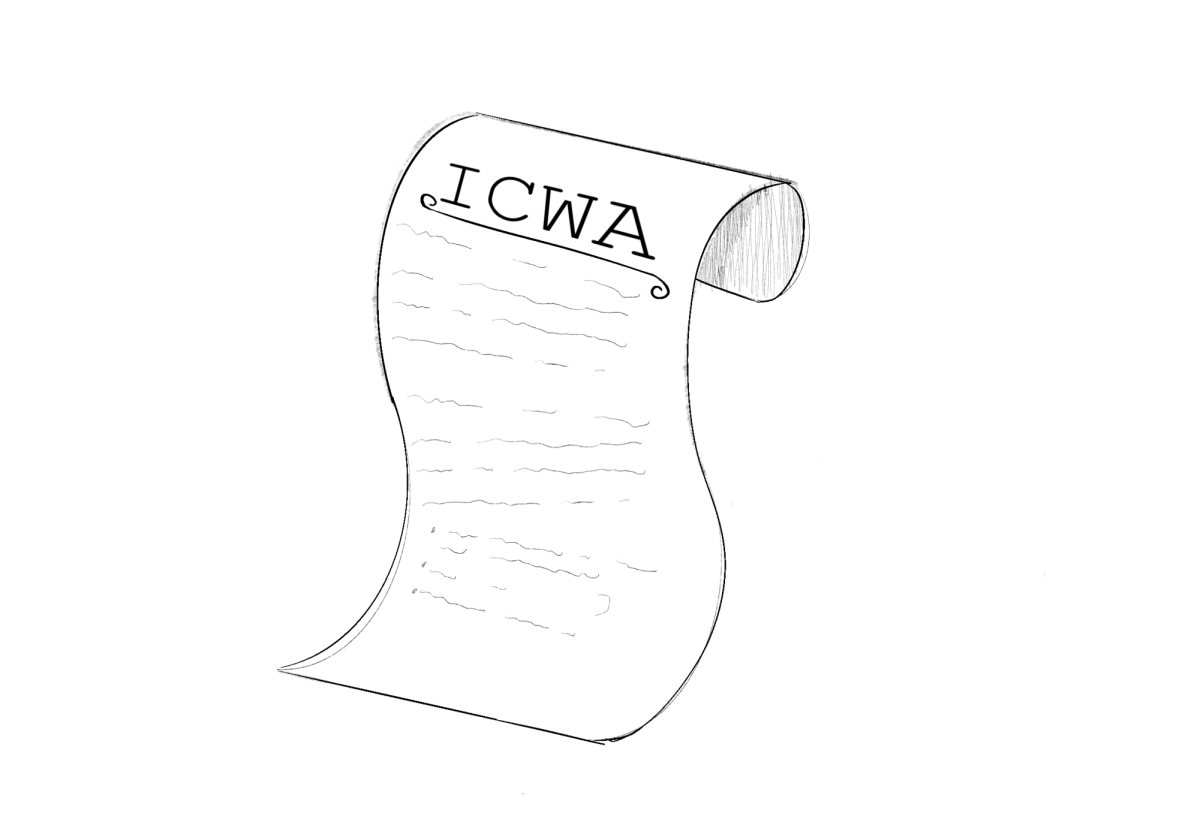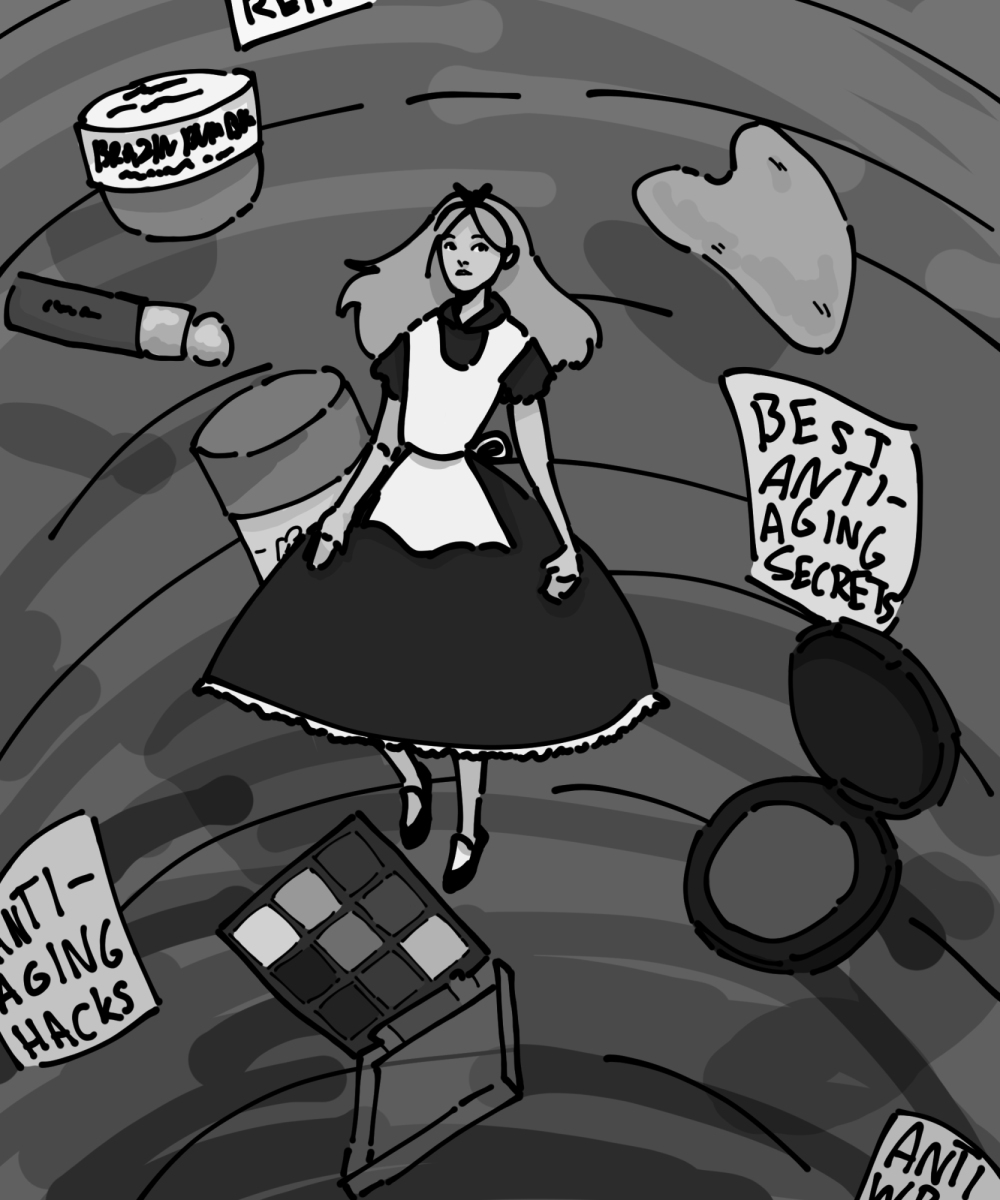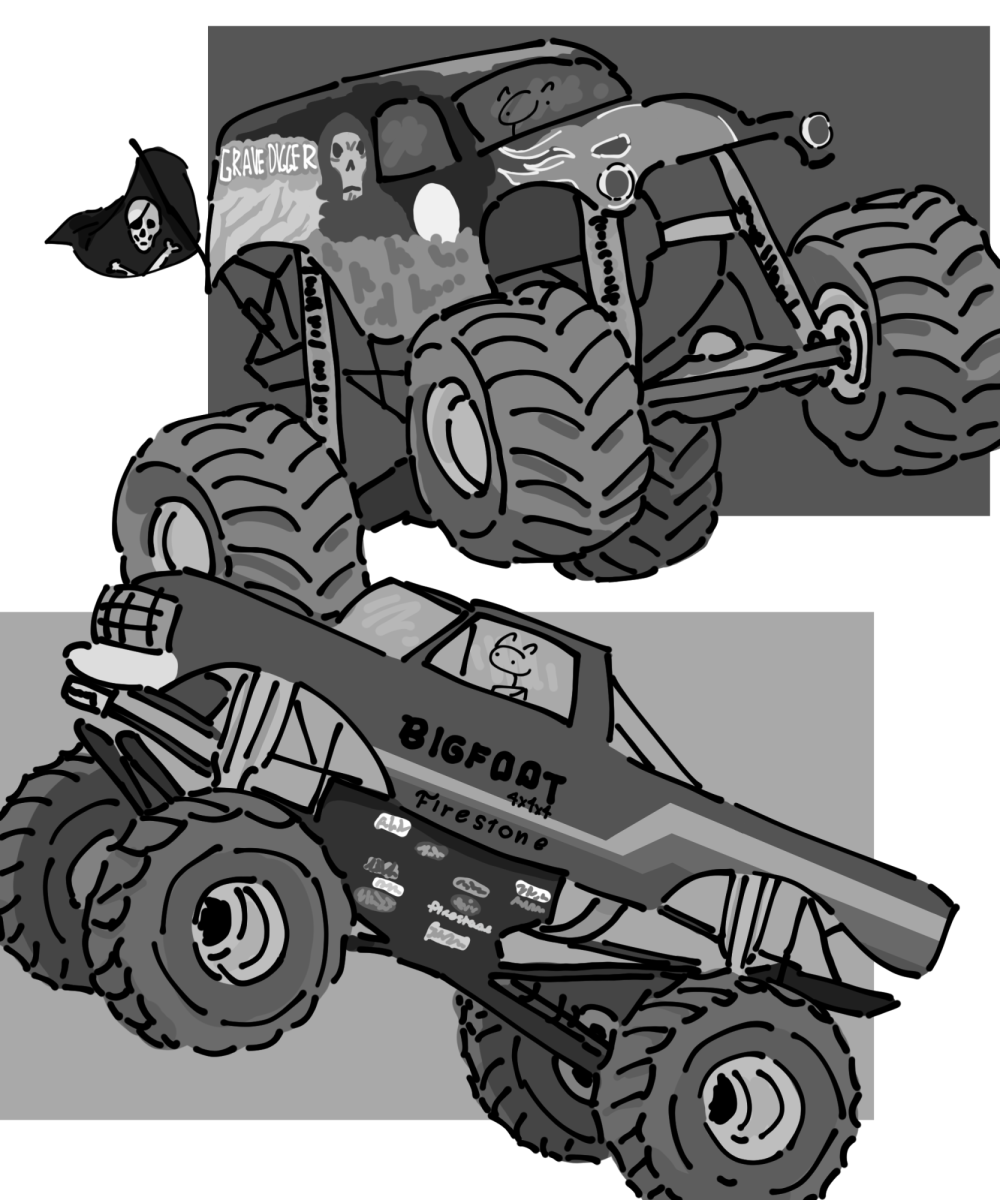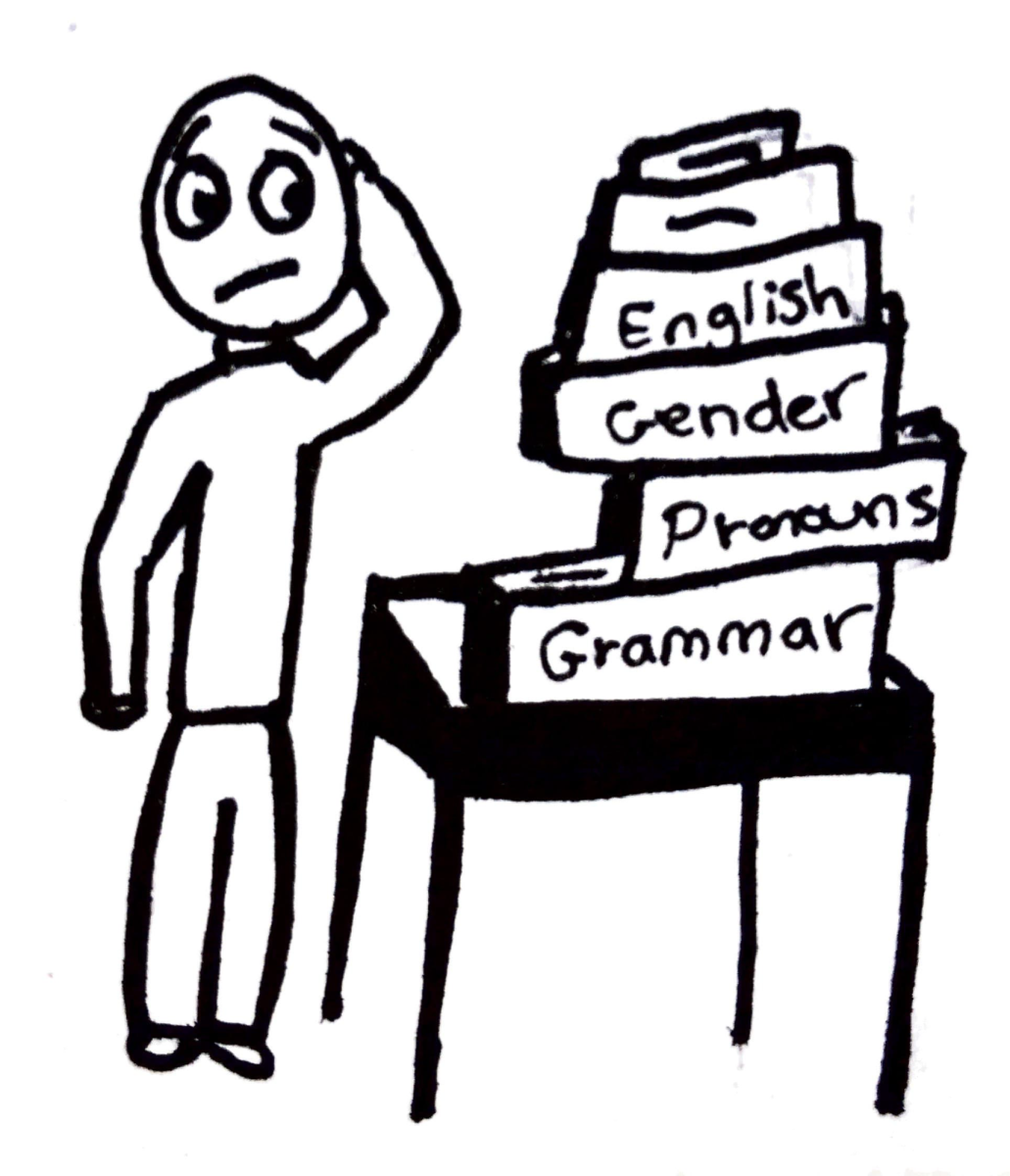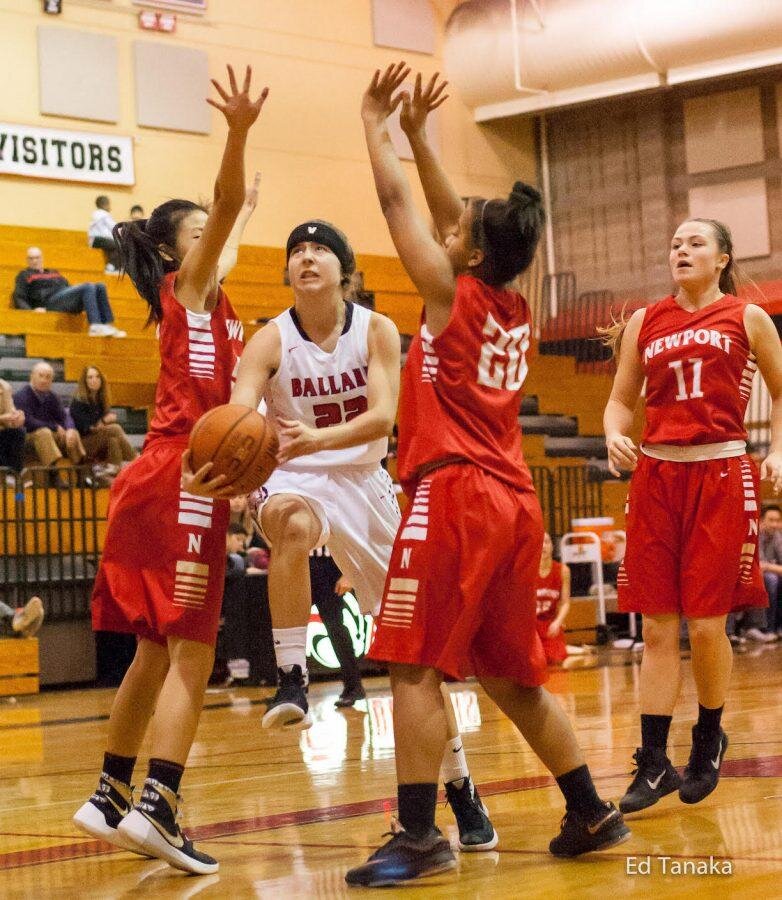Reporter explains how concussion ended basketball career
Melina Monlux, Staff Reporter
Originally published January 23, 2017
Ed Tanaka
Melina Monlux drives to the hoop last year against Newport. As a starter she had to quit as a result of several concussions incurred while playing.
I never would have predicted that my childhood dream of playing college basketball would land me in the hospital almost as much as the gym.
After suffering five concussions, that was certainly how it seemed. One after the other, all in the span of four years.
Could have been bad luck, or my style of play, or something else entirely. But regardless of causation, the result was the end of a dream, and an unusual amount of knowledge on how the brain works for a teenage girl.
I started with a general physician after my first concussion that occurred in eighth grade. It was mild, and I went through the motions of the protocol, returning to play in no time. It was just another injury, a minor bump in the road. I was back in the game with it out of my mind by the end of that same season.
But for whatever reason—likely that for the majority of my career I was composed of nothing but dangling, awkward limbs and no center of gravity—the concussions kept coming back.
In high school, concussions quickly became a prominent force in my life, after I suffered a blow freshman year that kept me out of school for over three weeks. The injury found its way into everything that I did, from basketball to schoolwork to simply trying to sleep at night. I had been hurt before, but this was something else entirely.
When I wasn’t rebounding as quickly as expected, I was sent to see a specialist at Children’s Hospital. He was exceedingly kind and animated, and managed to bring much more enjoyment to being put through the circus act of concussion evaluations, which consists of standing on one leg, touching your finger to your nose with one eye closed trying to connect with the doctors moving target (which is usually his or her finger) and then reciting back a series of exceedingly random words that they mentioned at the beginning of it all. Dog, gold, bike, spoon, monkey, or something of the sort.
He gave me the go-ahead to continue playing, but instructed me to first go through protocol at school (which consists of stationary biking for far longer than anyone would want to, then gradual steps of increasingly intense physical activity before being cleared for play), and to be wary of returning too quickly.
I went through the motions, but was far too eager to return to the game. I participated in a tournament in Arizona that summer, only four months later, when my third concussion occurred.
When I returned home, I went back to the hospital, to touch my finger to my nose and stand on one leg, yet again. This concussion was mild, and probably shouldn’t have been one, but affected me so much due to my record. It was explained to me that after one suffers a concussion, they become far more susceptible to getting subsequent ones. As the number of concussions increases, so does that likelihood, generally speaking.
At the end of my visit, it was concluded that I would be fine to return to play, but would have to take a test once my symptoms disappeared that would serve as a baseline in case anything happened again.
Forget the impact test administered to every athlete at school. This turned out to be a four hour real-life version that consisted (once again) of various unusual physical tasks as well as mental ones, such as repeating stories, and my personal favorite, reciting the months of the year backwards.
From then on, I proceeded with caution, and resolved that three was the magic number: I would never get another. This, of course, was a horribly wrong prediction.
My coaches, at this point, were not going to settle solely for my hollow declarations. They wanted to see a change in my style of play. It was almost comical how we went about it, setting up rules and restrictions: no going for offensive rebounds, no layups (I was to pull up every time I got in the key), and absolutely no diving for 50-50 balls. These were not easy rules to follow. They eliminated big parts of my game, so that playing felt almost foreign. I had to stop and check myself every few minutes, and if my coach saw me getting too engrossed in the game—thus forgetting my all important rules—she would pull me.
These tactics, though I despised them for quite some time, did work for a while. I managed to stay concussion free for nearly the entire winter season. Until we played Eastside Catholic.
The game was close, but we were behind. I am not particularly fond of losing.
Reminiscing now, I know that I did not play smart in that game, and may have even intentionally broke my rules. I was making a pass to my best friend and post player, and it didn’t go through, so I lunged for the ball. So did she. I came out, as per usual, on the losing end of the collision, her jaw having smacked into the side of my head. I went down immediately, and was so completely out of sorts I had to be carried off the court, paraded past the boys’ team with my ponytail askew and blood dripping from my nose, and finally laid down in the training room. I don’t remember much else.
This time, when I returned to my doctor, he was less certain. I was cleared initially, due to the importance basketball held for me, as well as the way in which my rebound time, or the time it took me to recover from each concussion, did not increase. That pattern would have been a major warning sign.
Concussion number four took me out of school for only two weeks, but I didn’t return to basketball until the end of that summer. I spent an insane amount of time working out, trying desperately to turn my clumsy structure into something strong and solid.
When I finally returned to playing, however, I was not the same. I didn’t need rules to restrict me, I was terrified. For months, every time I stepped on the court I suffered severe anxiety, and it left me crying more often than not in less than five minutes.
Anytime someone came close to me, I saw them all. One, two, three, four. I felt pathetic, but I do think the fear was justified. You only get one brain (something I heard from virtually everyone on an annoyingly consistent basis throughout those four years).
At the end of that summer, I was due to return to Children’s yet again for a check up appointment. (It’s a wonder to me that I never ran into Russell Wilson). To my surprise, the doctor went back on his original decision to clear me for playing. He wanted me to get brain scans, go through the test again, and jump through various other hoops before giving me the go-ahead.
I was so indignant that he went back on his word, and resolved to ignore everything he said and play, with or without clearance.
My parents, on the other hand, insisted that I see one more doctor before making that decision.
Concussion science, and the methods that accompany it, as I have discovered first-hand, often seem a little unorthodox. The final doctor I saw, based in Issaquah, took this to an entirely different level.
He claimed that we had to work to rehabilitate my brain, and train it so as to prevent future injuries. This “training” was an intense three days during which I sat in his dark office for five hours each day and stared at a small red light that would reappear in different locations on the wall. Back and forth, it taunted me. He tested the time it took for me to focus in on the light, how quickly I could trace it back and forth, how accurately I could focus on it when it disappeared then came back again. Needless to say, it was painfully boring, and exceedingly strange. I cannot say that I felt any change other than extreme relief when it was finally over.
I returned to playing basketball after those visits, and was eventually able to play, more or less, like I used to.
Almost exactly a year after my fourth concussion, I got my fifth from passing out in class. I didn’t need to return to the specialist. I knew what the doctor would say. My basketball career was over.
The experience, as costly, strange, and horrible as it was, has given me a glimpse into how doctors test and examine the inner-workings of the mind. I certainly do not understand it now, but maybe one day I will. Maybe one day, I will be the one in the white lab coat, telling athletes to repeat words back to me. Maybe one day, I will be able to help them, and bring a new perspective to neuroscience.
![West Seattle High School’s (WSHS) Chinese program is closing down and teachers in the program are informed to transfer to a different high school. At WSHS, 475 both former and current students have signed a petition to help teacher Ying Yu continue her Chinese program. She shares that initially, the program offered only four classes with 90 students but with her initiatives, the program grew to be full-time with 154 students and 137 students on the waiting list. (Seattle Public Schools Board Meeting YouTube Channel: Seattle Schools Board Meeting May 8, 2024, [58:25])](https://ballardtalisman.org/wp-content/uploads/2024/06/Screenshot-2024-06-14-134038.png)


![“Link Crew is meant to be a way for [upperclassmen] to help ninth graders with the transition to high school,” Laura Lehni, language arts teacher, ASB advisor and Link coordinator, said](https://ballardtalisman.org/wp-content/uploads/2024/05/IMG_4601-1200x800.jpg)

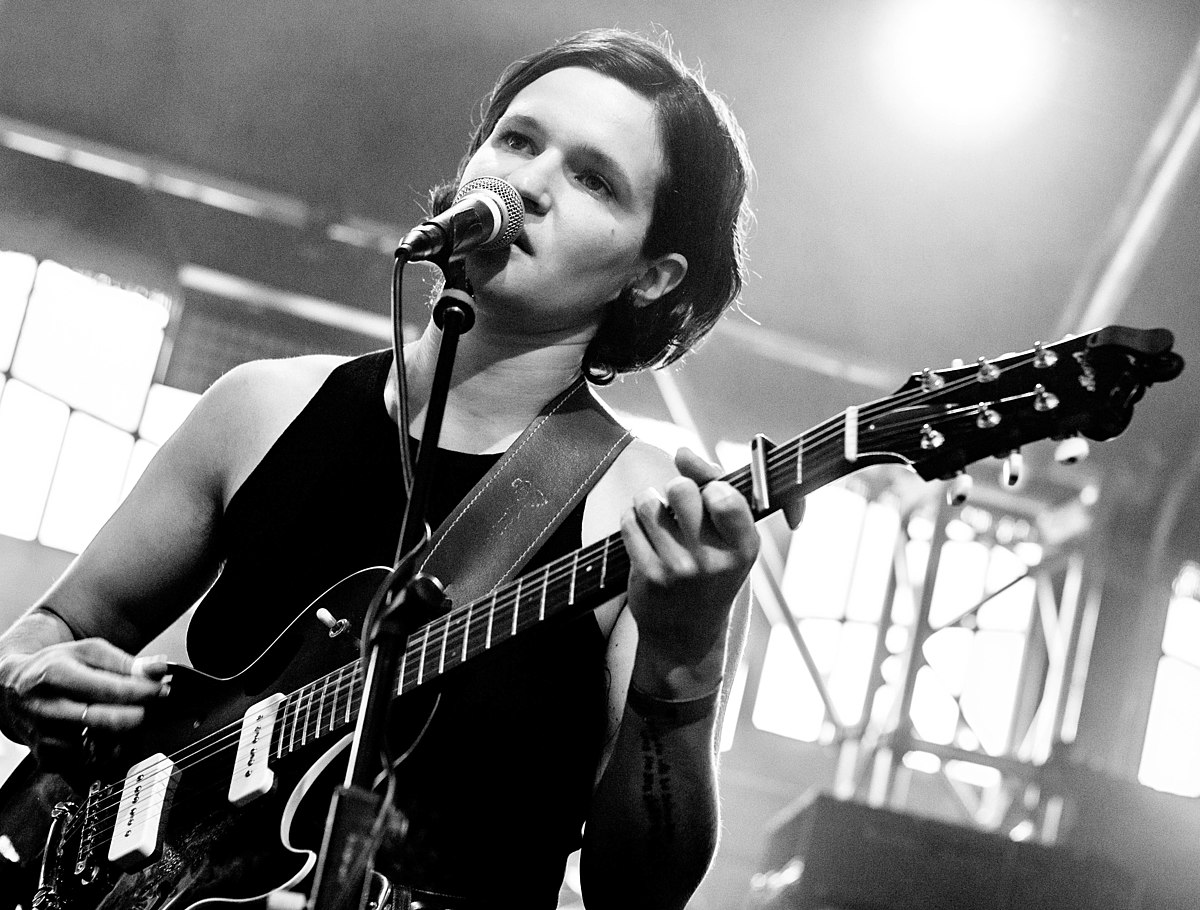
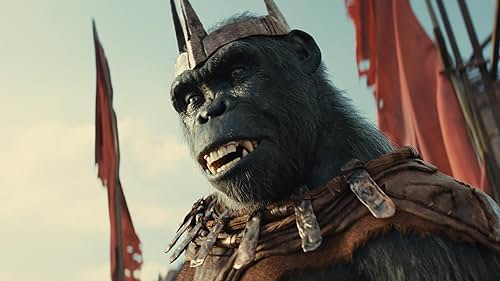
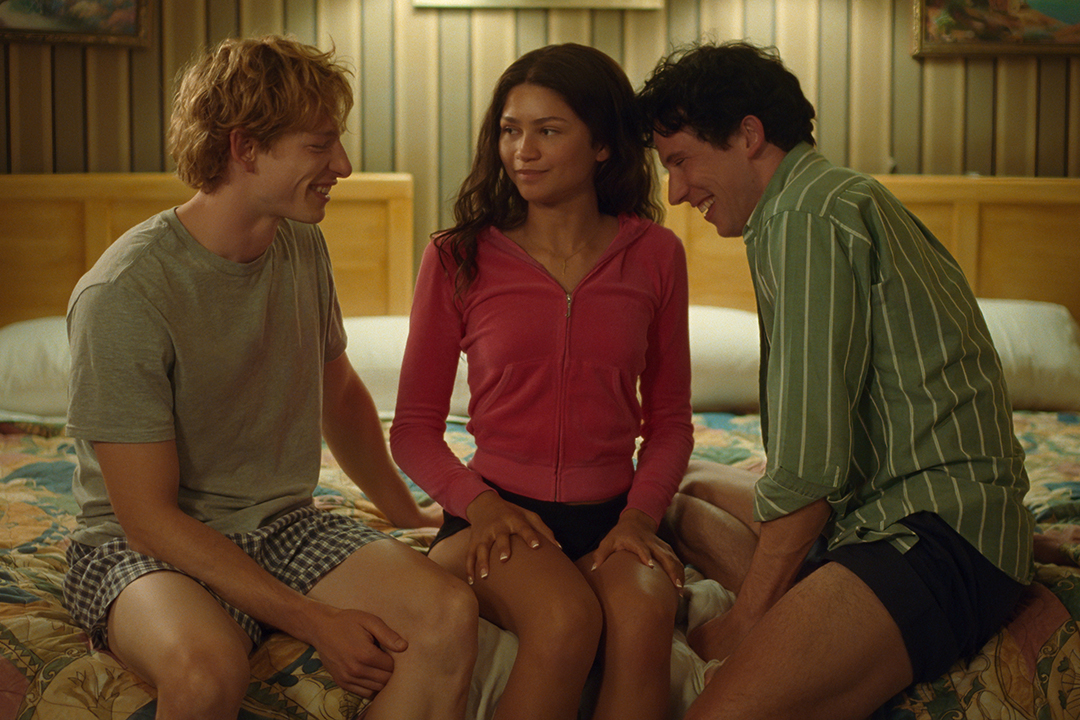


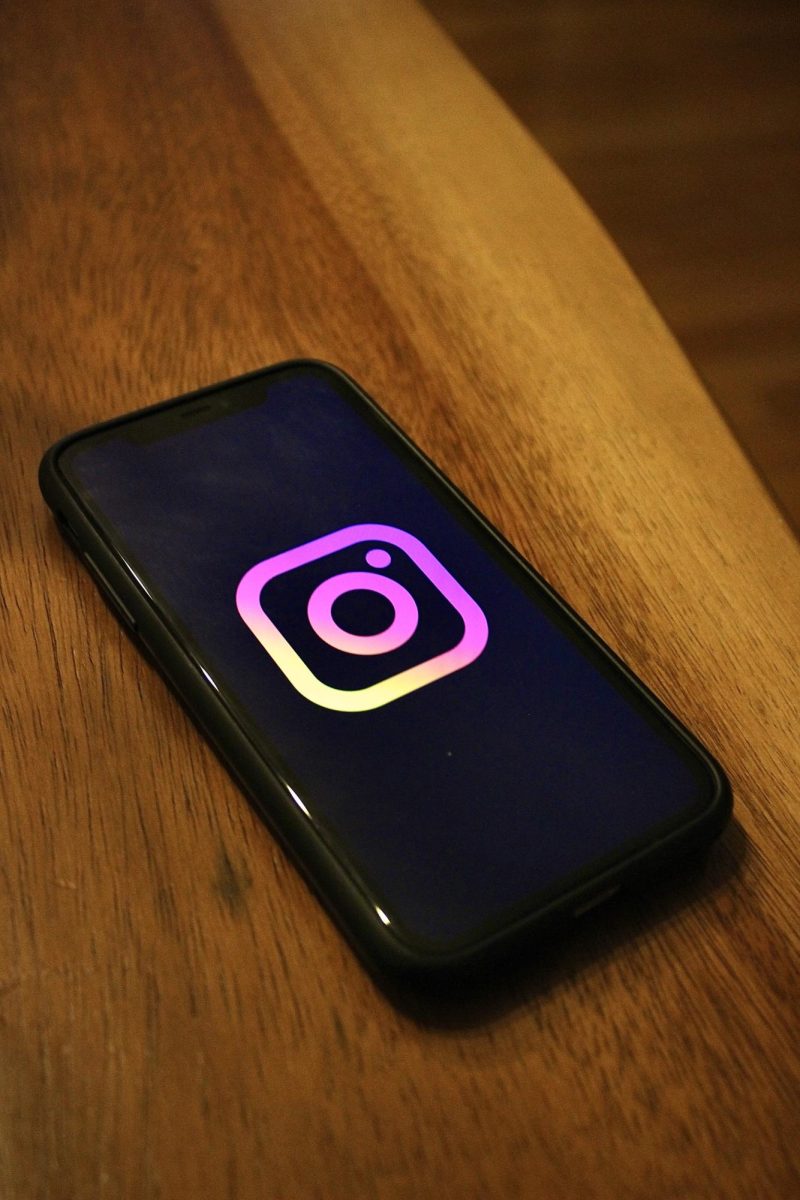
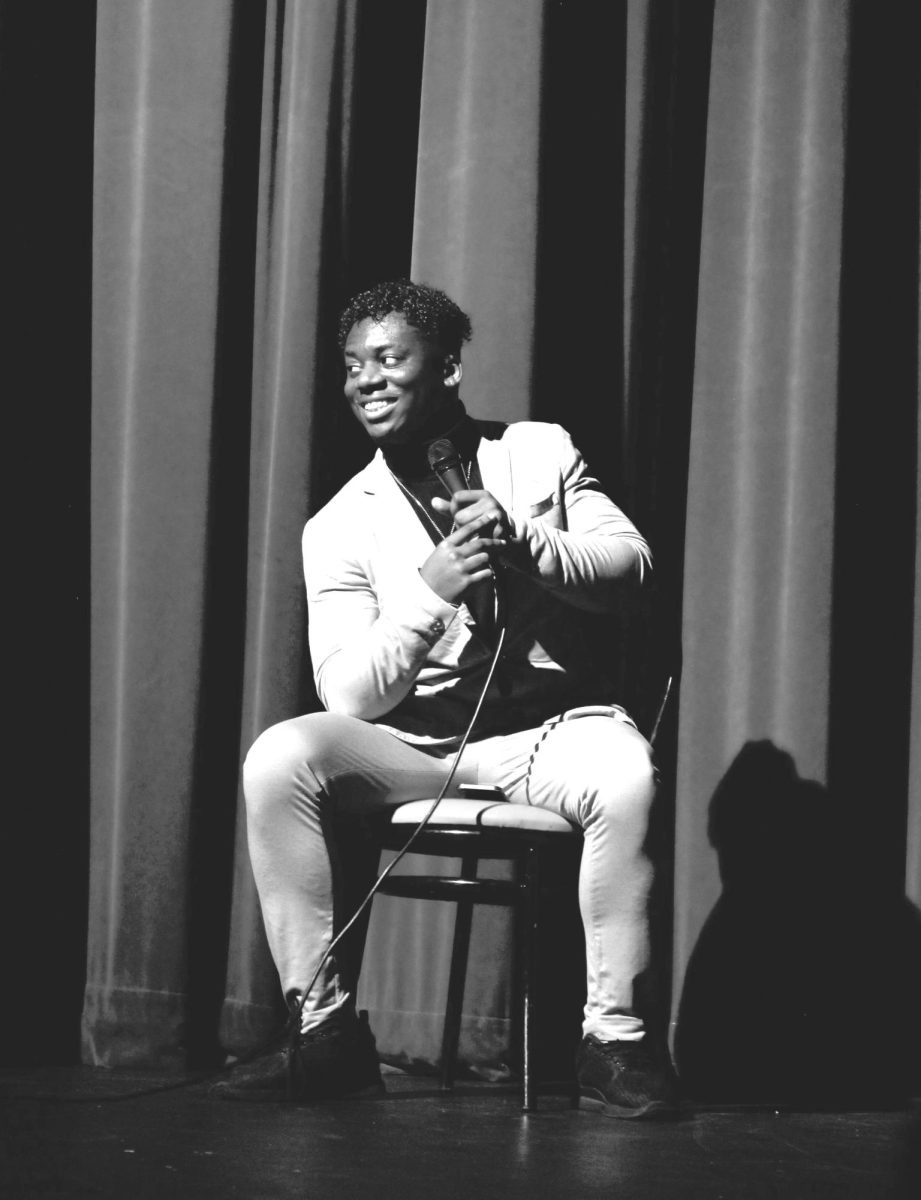


![Henry Willy [pictured left] taking the field with his teammates in a 10-11 loss vs. Saas.](https://ballardtalisman.org/wp-content/uploads/2024/05/IMG_2431.jpg)


